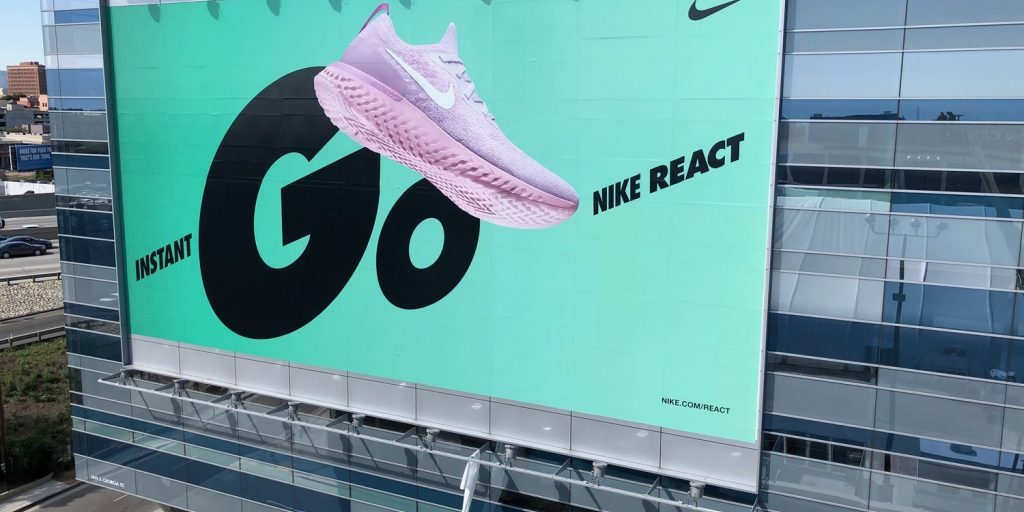Introduction
Large format printing can be an essential part of various industries, including advertising, architecture, and design. However, like any printing process, it comes with its own set of challenges that can hinder the quality and efficiency of the final output. In this blog post, we will discuss some common problems encountered in large format printing and provide practical solutions to overcome them. Whether you are a professional printer or someone who occasionally deals with large format prints, this guide will help you optimize your workflow and achieve outstanding results.
In the world of large format printing, businesses often encounter various challenges that can hinder the production process and result in unsatisfactory outcomes. These problems can range from technical glitches to issues with image quality. In this article, we will explore the most common problems faced in large format printing and provide effective solutions to overcome them.
1. Printer Jams
One of the most frustrating issues in large format printing is when the printer gets jammed. This can occur due to several reasons, such as improper loading of the media, accumulation of dust or debris, or mechanical malfunctions. To resolve this problem, follow these steps:
Step 1:
Carefully remove any jammed media from the printer, taking care not to tear or damage it.
Step 2:
Clean the printer rollers and other components using a lint-free cloth and isopropyl alcohol. This will help remove any debris or dust particles that might be causing the jam.
Step 3:
Reload the media properly, ensuring that it is aligned correctly and not exceeding the printer’s maximum capacity.
2. Color Inconsistency
Another common issue in large format printing is color inconsistency, where the printed output does not match the expected or desired colors. This can be caused by various factors, including incorrect color profiles, printer calibration problems, or low-quality ink. Follow these steps to address this problem:
Step 1:
Check if the color profile settings in your design software match the printer’s color profile. Adjust them accordingly to ensure accurate color reproduction.
Step 2:

Perform regular printer calibrations to maintain color accuracy. Consult the printer’s user manual for instructions on how to calibrate the device.
Step 3:
Invest in high-quality ink cartridges that are specifically designed for your printer. Using compatible or low-quality inks can result in color variations.
3. Poor Image Quality
When large format prints appear pixelated or blurry, it indicates poor image quality. This issue can occur due to low-resolution images, incorrect image scaling, or inadequate printer settings. Follow these steps to enhance image quality:
Step 1:
Ensure that the images you use have a high resolution (at least 300 DPI) to guarantee sharpness and clarity in the print.
Step 2:
Properly scale your images to match the desired print size. Avoid stretching or compressing the image, as this can distort the quality.
Step 3:
Adjust printer settings to the highest quality mode available. This may slightly increase the printing time but will enhance the final output.
4. Media Feeding Issues
Media feeding problems can lead to misalignment, skewing, or even damage to the printed material. Here’s how to tackle such issues:
Step 1:
Clean the media feed rollers regularly to prevent dust or debris from causing feeding problems. Refer to the printer manual for specific cleaning instructions.
Step 2:
Check the media alignment guides and adjust them if necessary to ensure the smooth movement of the material.
Summary
Large format printing involves producing prints of exceptional size, typically beyond the capabilities of standard desktop printers. While it offers tremendous opportunities for creativity and impact, it also presents certain difficulties. This blog post will address four common problems in large format printing and provide actionable solutions:
- Print Quality Issues: Explore the causes behind blurry images, banding, and color inconsistencies, and learn how to maintain optimal print quality.
- Media Handling Problems: Discover the best practices for handling various print media, preventing jams, and ensuring accurate alignment.
- Printer Calibration Challenges: Understand the importance of calibration and color management to achieve accurate and consistent results.
- Ink and Cost Management: Learn effective strategies to reduce ink waste, control printing costs, and maximize the lifespan of your consumables.
By addressing these common issues head-on, you can streamline your large format printing process, increase productivity, and deliver exceptional next prints that meet or exceed client expectations. Let’s dive into each problem and explore the solutions that will help you overcome them with ease.
- Q: My large format printer is producing blurry prints. How can I fix this issue?
- A: Blurry prints in large format printing may be caused by various factors. Ensure that the image resolution is set to the appropriate level for large format printing, typically around 300 DPI or higher. Additionally, check if the printer’s printhead is clean and aligned correctly. Lastly, use high-quality paper that is compatible with your printer.
- Q: What should I do if my large format printer keeps jamming?
- A: Frequent paper jams in large format printing can be frustrating. Start by checking if the paper you are using is within the recommended specifications and properly loaded onto the printer. Inspect the printer for any obstructions or debris that may be causing the jams. If the issue persists, consider contacting a technician for further assistance.
- Q: Why are the colors in my large format prints not as vibrant as expected?
- A: Dull or inaccurate colors in large format prints can be due to several reasons. First, ensure that you are using high-quality and compatible ink cartridges. Calibrate your printer to optimize color settings and profiles. Additionally, use color management software to ensure accurate color representation between your computer and the printer.
- Q: How can I prevent banding in my large format prints?
- A: Banding, visible horizontal lines or streaks, can occur in large format prints due to various factors. To minimize this issue, make sure that the printhead nozzles are clean and unclogged. Adjust the print settings to a higher quality option. Using the appropriate paper type and ensuring it is loaded correctly can also help prevent banding.
- Q: What should I do if my large format printer is not recognizing the media type or size?
- A: If your printer is not recognizing the media type or size, check that the loaded paper or media matches the settings in the printer driver. Ensure that the media is properly aligned and loaded according to the printer’s specifications. If the issue persists, try updating the printer driver or contacting the printer manufacturer for support.

Welcome to my website! My name is Spencer Earle, and I am a professional Car Wrap Installer with a passion for large format printing, customization trends, trade show planning, and booth design inspiration. With years of experience in the industry, I have honed my skills and expertise to deliver exceptional results to my clients.

